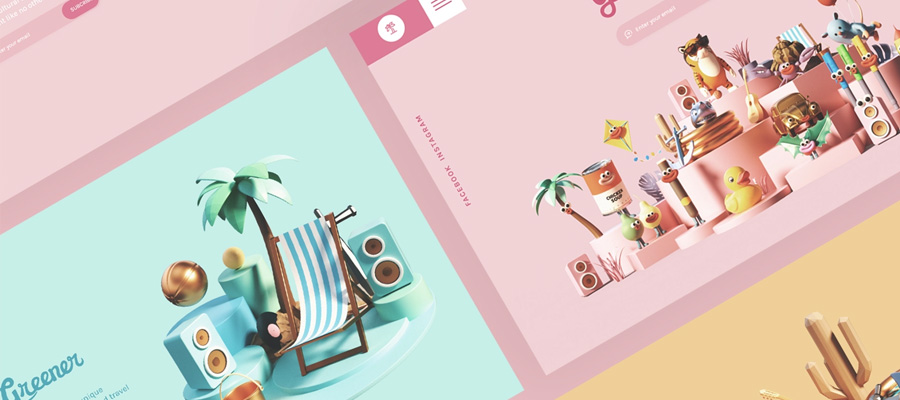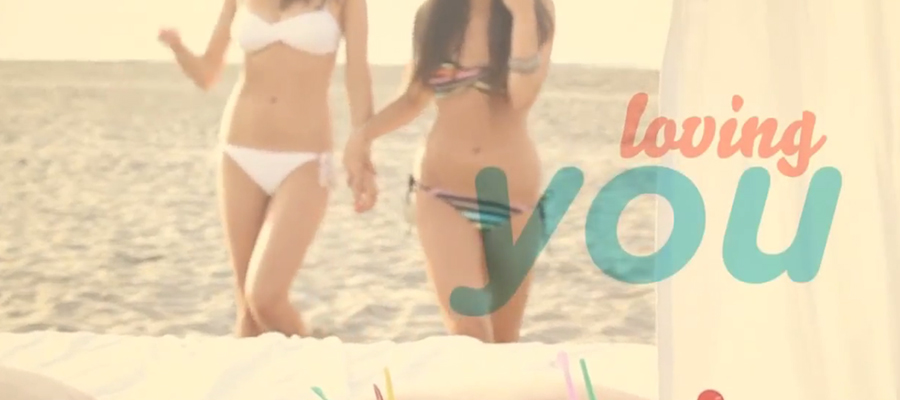For centuries, music has been a profound inspiration to artists of all kinds. From painters to dancers, musicians have been able to portray emotion and feelings through their art that could not be expressed any other way. The challenge now is to find ways that we can use music to our advantage and use it in creative ways to enhance our own artwork.

illustration by Nora Toth
You’ll find there are many ways to incorporate music into creative projects and artwork, allowing you to explore new depths in your own artistic expression. Whether it’s simply for inspiration or you end up using music as part of the piece, the possibilities are pretty expansive. Here are seven cool ways to incorporate music into your next big art project.
Use Music as Inspiration
Music can be an incredible source of inspiration when it comes to the creation of art. Whether you’re working on a painting, drawing, or some other type of project, listening to music while you work can make all the difference in the end result. Infusing your artwork with musical influence is a great way to add an extra layer of emotion or evoke feelings that could otherwise be difficult to portray.
Music not only gives you new ideas and creative boosts, but it also keeps you focused on your work and helps to pass the time. If you’ve been stuck in a creative rut for your next art project, try setting up some music in the background and see where it takes you.
Create Art That Responds to Music
The act of integrating a song into an artwork is becoming increasingly popular as an expressive way to explore creative boundaries. By pairing music with visual components, you can create an engaging narrative that shares something meaningful about the music and art simultaneously.
To begin your next music-inspired project, brainstorm ideas of how to transfer the audio textures or moods into your artwork. Use color combinations, symbols, and lines in your drawing or painting that reference the beat of the song, for example, or choose shapes and patterns inspired by its melodic structure.
Moreover, consider incorporating one of your favorite lyrics into the design, literally or figuratively. Ultimately, allowing music to guide you when constructing your artwork can be a fulfilling experience that opens new possibilities for making art.
Make a Musical Piece As Art
Music can be more than just rhythm and melody - it can be a beautiful form of art. To create a musical piece as art, one must strive to capture the emotion and message in full.
Aspiring composers can begin by establishing the framework of their piece, deciding what instruments they want to use and how they will complement each other. Once this is established, focus on shapes and colors that will truly bring life to the music; for example, blending short notes with long ones or exploring different tonal ranges or patterns.
Last but not least, take your time listening and reflecting upon your composition - present it to others who can offer honest feedback, then adjust your work accordingly until you are satisfied with it. With patience and perseverance, anyone has the potential to turn great ideas into amazing works of art through music.
Integrate Music and Visuals
Integrating music and visuals into an art project can make it more powerful, especially if the two aspects are carefully coordinated. Start by identifying a song that captures the mood you’re trying to create with your artwork.
Experiment with different kinds of visual elements that could fit with your chosen song, such as animation or visual effects. Once you have a combination that works, focus on perfecting the timing of your visuals to the beats and patterns in the music.
Remember to play around with different tools like audio editing software or animation applications – the possibilities are truly endless. With careful consideration and practice, you can make sure your art project is visually stunning and sonically gripping.
Create a Music Video
Creating your own music video as an artistic project can be incredibly fulfilling. To begin, you’ll want to decide how you plan to use background music and how you will incorporate it into the video. Understandably, this might seem like a daunting task, but with some research, you can find out how to use copyrighted music on YouTube and other websites legally.
YouTube videos often use royalty-free music, creative commons music, and public domain music as well to avoid copyright infringement. If you have your own YouTube channel, you can access YouTube’s audio library to find a particular music track, or you can use websites that specialize in royalty-free music.
A trick to make a great music video stand out is incorporating sound effects (SFX). These could range from zaps and booms to door slams and bird chirps - anything that adds a unique layer of ambiance to the video. Don’t forget about lighting too! Experiment with different angles and lights to highlight different parts of the music video.
Finally, edit your footage down into an exciting, creative piece that conveys the story. Although challenging, creating your own original music video can be rewarding!
Transform Existing Music Into Art
Transforming existing music into art can be an enjoyable and rewarding creative experience. It’s thrilling to take something that already exists and put your own spin on it by giving it new meaning. One way to start is by playing the music, closing your eyes, and imagining what it could look like as if it were a painting.
Next, establish a color palette inspired by the sound and use those colors to create an abstract design on paper or canvas. Think of simple shapes like squiggles or arrows that could reflect the rhythm of the music.

Bored In The USA by Ricky Linn
Lastly, don’t forget to have fun with it. There’s no limit to how far you can take this project and how wild you can get with your design—you will be sure to make something unique that expresses your creative vision for the song.
The Bottom Line
Music is a powerful force that can help us express our emotions and connect with others. Whether it’s composing your own piece or transforming an existing one into art, there are endless ways to use music as an artistic vehicle. With creativity and passion, you can create something truly special.
















